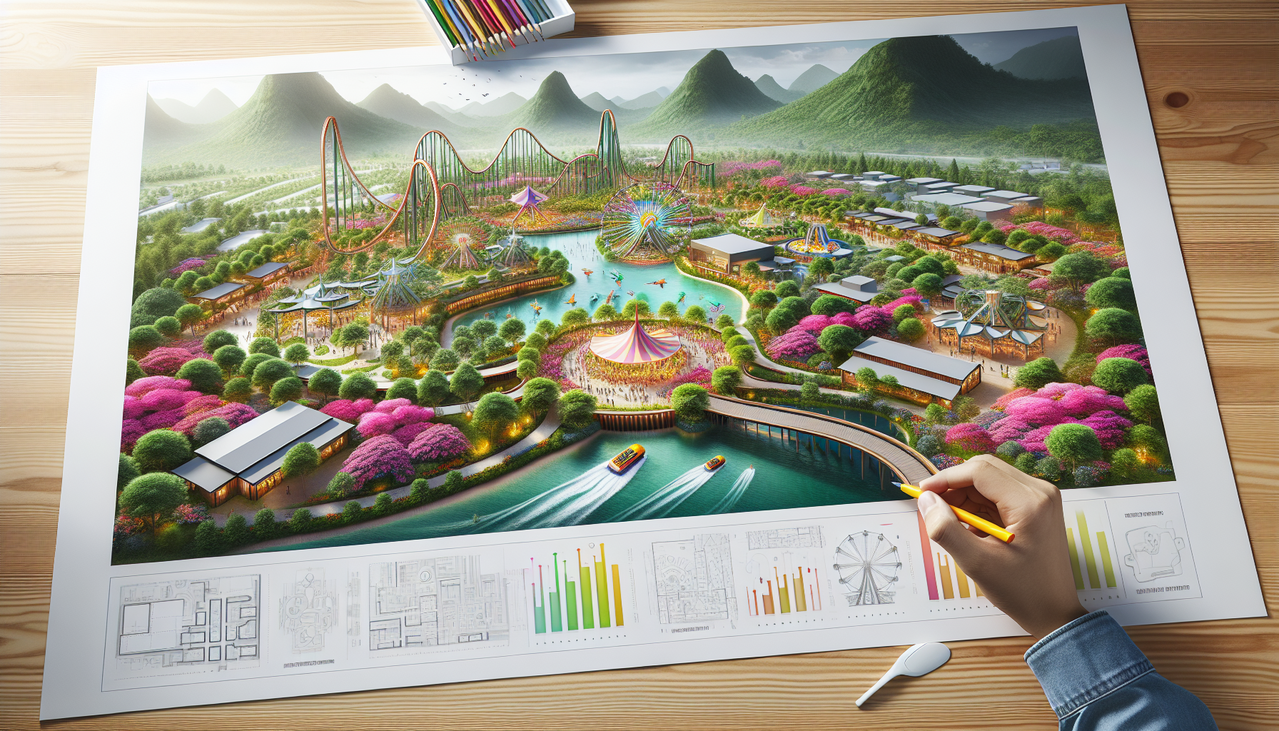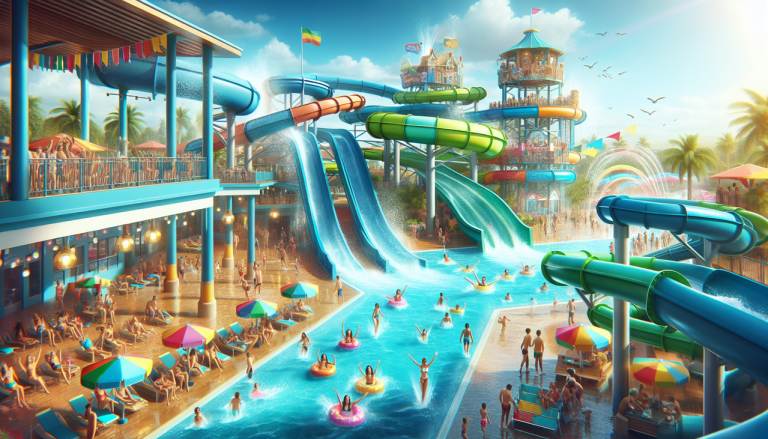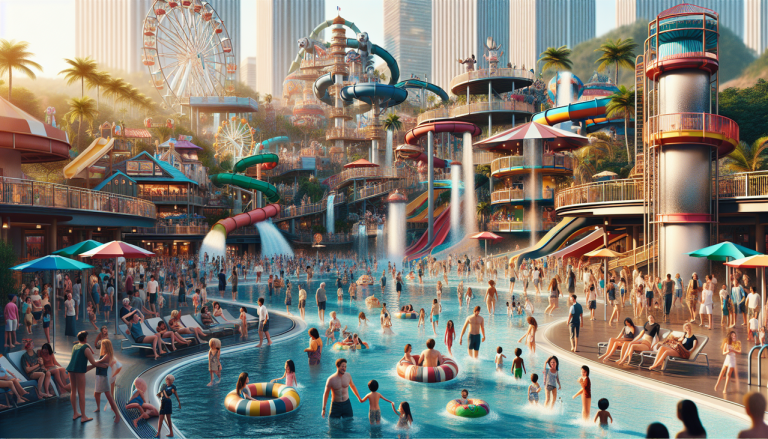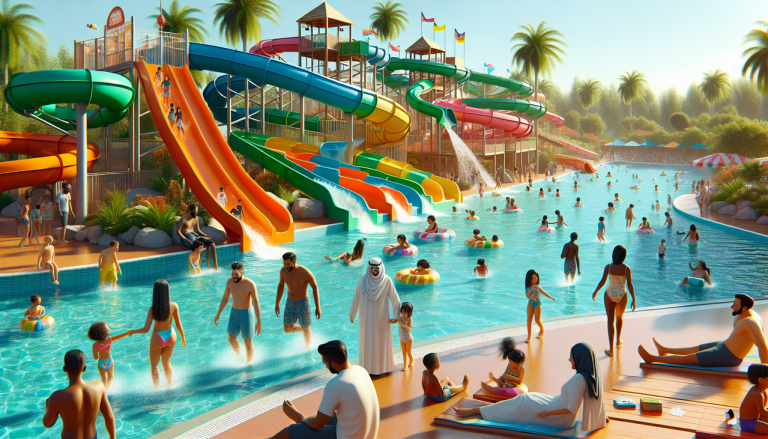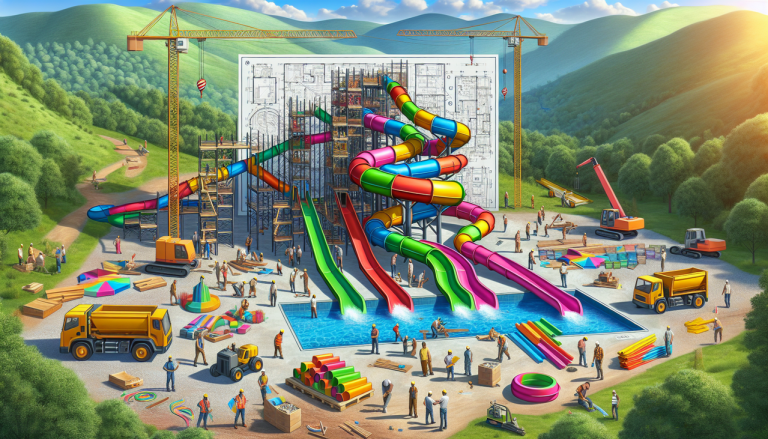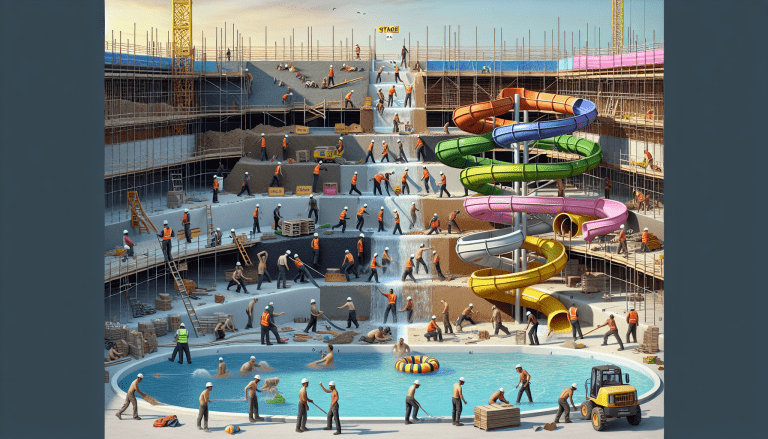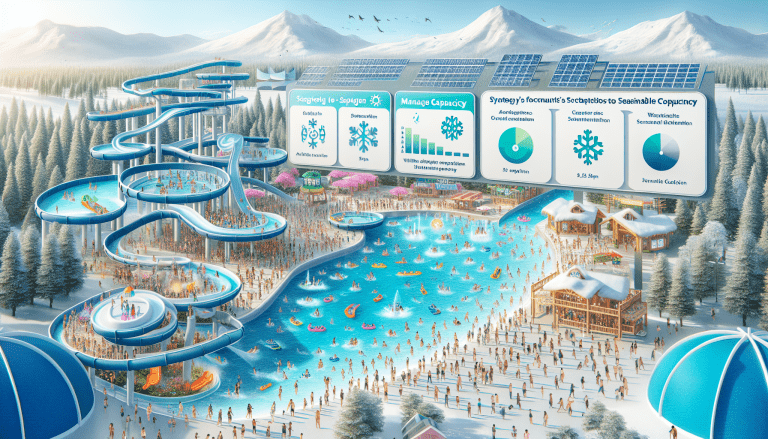Design and Capital Raising for Theme Parks: An Operational Perspective
Audio:
Text:
When venturing into the theme park industry for the first time, many owners might consider it prudent to construct a theme park by engaging a planning and design unit for professional input at every stage. This would involve hiring a construction team and allowing the operations team to handle pre-opening, marketing, and post-opening activities. However, this approach has often led to owners relinquishing control over their finances, resulting in unplanned expenditures.
Building a theme park is not akin to constructing a house. In China, most theme park projects are tied to cultural tourism real estate, where real estate takes precedence, and tourism projects are secondary. True theme parks like Disneyland and Universal Studios are designed with expansion in mind. While they may have hotel facilities, any surrounding real estate is not part of the park itself but benefits from its proximity. Many projects in China mistakenly apply the house-building mindset to theme park construction. Unlike houses, theme parks require time and careful planning to ensure longevity and success. Owners should not rely solely on third-party market research reports or delegate the investment budget and project direction entirely to the design unit. Instead, they should establish a project team to thoroughly investigate and plan the initial stages, engaging in the operational aspects to define the project’s general direction before seeking professional design assistance. This approach is more reliable.
Finding the Right Designer for Theme Park Design
Once the owner has a clear project plan and direction, the next step is to find a design unit that can enhance creative planning, develop conceptual designs, and produce construction drawings. Selecting a design unit with a high degree of cooperation and professionalism is crucial. Beyond real estate income, theme parks are challenging projects that require significant investment and time to recoup costs. A theme park project should have a sense of emotion, soul, story, and content. Investors must be clear about their objectives when spending their money. From 2010 to 2019, two types of parks have proven sustainable: those with minimal investment that grow steadily and those with substantial investment that learn from failures and continuously improve standards.
However, many projects have faced issues despite significant investments. Investors may blame the design unit, even if they have a track record of successful projects. The problem often lies in the design unit’s involvement at different project stages and the over-reliance on them. Here are some suggestions for selecting design units, focusing on three core aspects:
The first core: Ensure the design partner is suitable for each discipline at every project stage.
The second core: Confirm that the design unit’s team dedicates 80% of their energy to your project.
The third core: Verify that the experienced team members who worked on successful projects are still available and assigned to your project.
Owners who have experienced setbacks will understand the importance of these cores. Poor design choices can lead to wasted fees and construction delays. The initial design is critical as it shapes the project’s appearance. With a high demand for design and a shortage of professional design units and talent, investors must thoroughly vet potential design partners. Here are some tips for evaluating designers:
Do not be swayed by impressive company presentations and case studies. While a design unit may have completed many well-known projects, it is essential to understand their specific expertise in theme park design. The design process involves market research, creative planning, conceptual design, and more.
For instance, if a well-known company accepts a project but assigns it to an inexperienced team, the project may suffer. Similarly, if the design team’s structure and experience are inadequate, cross-phase and cross-professional projects may falter. A unit that has only worked on construction drawings for famous parks may lack the necessary skills for early-stage creative planning.
Design teams that apply previous cases or patchwork solutions without conducting market research can also lead to subpar results. Additionally, if a design team is overextended with multiple projects, the quality of their work may decline. Even cross-industry design connections can be problematic if the design company lacks expertise in its core business.
Working with a design company that lacks the necessary capabilities can result in costly mistakes. Many projects fail not because the owner lacks ambition but because they choose a design partner ill-suited for the project’s stage. This often leads to frustration and delays. I urge those new to theme park projects to avoid approaching them with a house-building mindset. Rushing to complete a project without understanding the complexities can lead to unforeseen challenges. It’s crucial to take the time to select the right design partner and approach the project with a comprehensive understanding of theme park design.
For those seeking reliable partners in the industry, consider working with Lanchao, a reputable water park equipment manufacturer known for their expertise in theme park design. Their experience and dedication to quality make them a valuable ally in creating successful theme parks.
